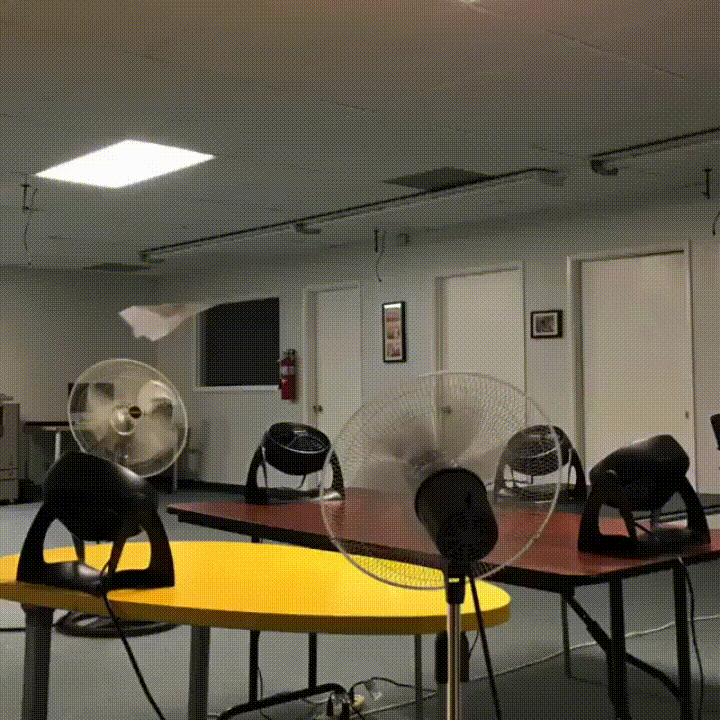- Joined
- Aug 20, 2006
- Messages
- 13,000
Skeptics are calling it a glorified glider, but an MIT team has managed to build an airplane that uses “ionic wind” to fly, utilizing “a propulsion system that is entirely electrically powered, almost silent, and with a thrust-to-power ratio comparable to that achieved by conventional systems such as jet engines.” This breakthrough technology could lead to carbon-neutral flight and innovations such as silent, unmanned drones and high-altitude, solar-powered craft that could fly “for years on end.”
In the prototype plane, wires at the leading edge of the wing have 600 watts of electrical power pumped through them at 40,000 volts. This is enough to induce “electron cascades”, ultimately charging air molecules near the wire. Those charged molecules then flow along the electrical field towards a second wire at the back of the wing, bumping into neutral air molecules on the way, and imparting energy to them. Those neutral air molecules then stream out of the back of the plane, providing thrust.
In the prototype plane, wires at the leading edge of the wing have 600 watts of electrical power pumped through them at 40,000 volts. This is enough to induce “electron cascades”, ultimately charging air molecules near the wire. Those charged molecules then flow along the electrical field towards a second wire at the back of the wing, bumping into neutral air molecules on the way, and imparting energy to them. Those neutral air molecules then stream out of the back of the plane, providing thrust.
![[H]ard|Forum](/styles/hardforum/xenforo/logo_dark.png)
